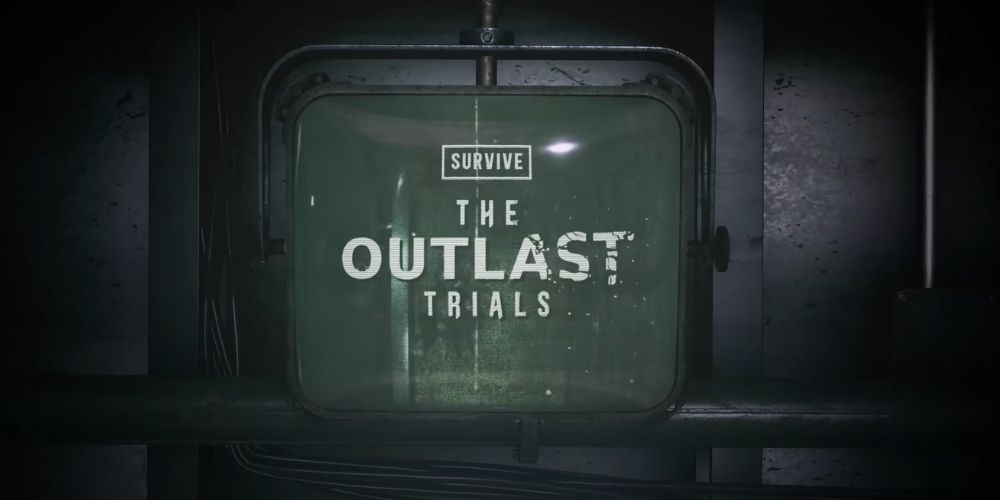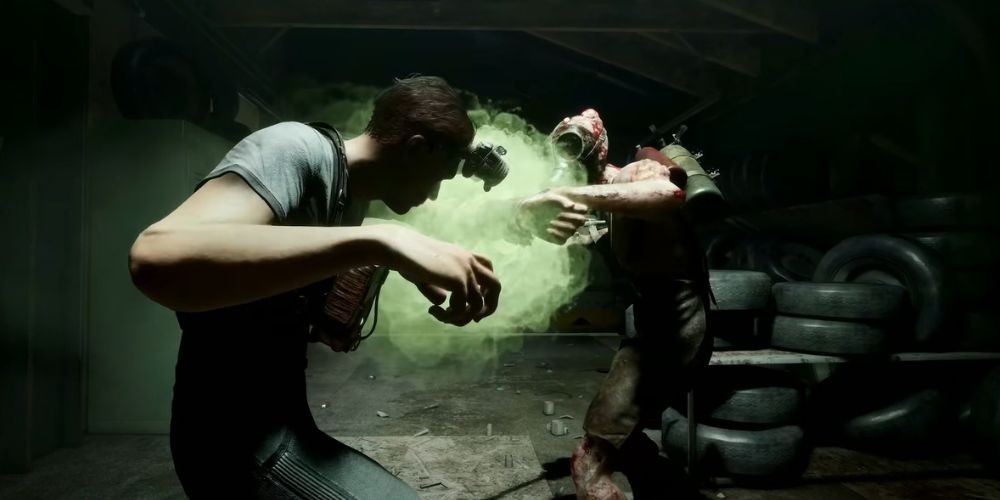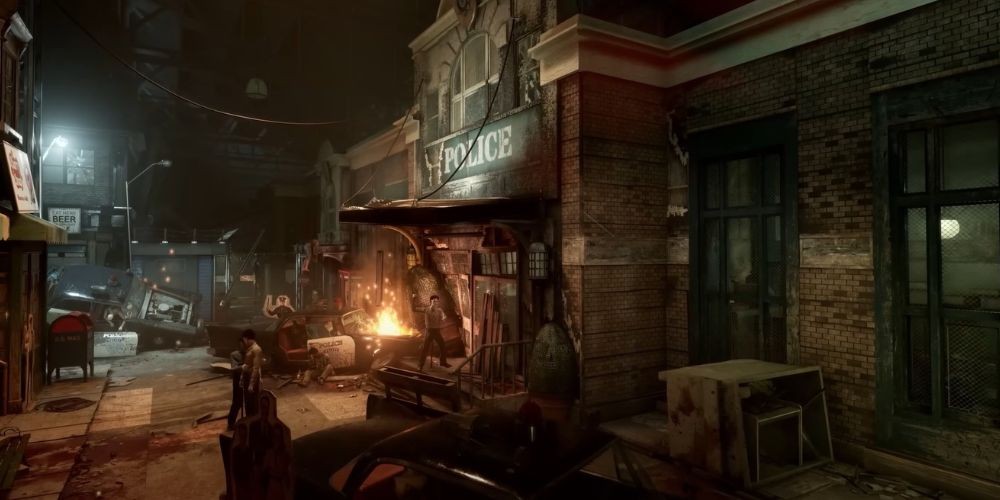Surviving Together: The Chaotic Thrill of The Outlast Trials in Multiplayer Horror Gaming
- Jul 17, 2024
- 108

When contemplating suitable horror games for an online multiplayer adaptation, Outlast would not have ranked highly on my list. Its gruesome psychological terrors and heavy themes aren’t exactly my idea of post-work relaxation with friends. Outlast 2 even haunts my dreams from time to time. Yet, paradoxically, the very fact that it shouldn't work as well as it does is what makes The Outlast Trials such a riveting experience.
Chapter 1: A Chaotic Co-Op Nightmare
The Outlast Trials, as a cooperative game, is both chaotic and demanding. As a horror game, it certainly delivers the spine-chilling, stomach-turning, and wince-inducing gore and violence one would expect from developer Red Barrels. However, there's an element that remains unconvincing, and no, it isn't about feeding animatronic orphans someone’s severed legs.

Pay-to-Slay
The Outlast Trials as a live service game isn't necessarily a drawback. Microtransactions likely being integrated into the game moving forward doesn't concern me much, especially when so many cosmetics, items, and decorations can be unlocked through gameplay. Nonetheless, the nature of live service games can be hit-or-miss. They succeed or fail based largely on the community’s engagement and a compelling core gameplay loop that encourages repetition. This is where The Outlast Trials raises some worries.
The issue primarily lies in its replayability. Typical sessions occur within the Sinyala Facility, where players—either solo or with up to three fellow Reagents—navigate stealth-based puzzles across one of five distinct maps while evading hostile enemies. True to Outlast form, you're mostly unarmed and must rely on purchasable or found tools for defense. The goal is straightforward yet daunting: collect 20 tokens (an increase from the 10 tokens during Early Access) to earn freedom. Once you free your current Reagent, you take on a new one with your XP level and upgrades intact.
Chapter 2: The Grind and Its Nuances
The core premise involves playing and replaying the same missions to escape, only to begin anew after achieving freedom. Unlike games with seemingly endless level caps, such as Dead by Daylight, The Outlast Trials offers a refreshingly unique approach. However, this framework can feel somewhat fragmented as an online multiplayer experience.

Truthfully, it's challenging to describe The Outlast Trials as a "fun" experience. Having played it primarily solo, I have little desire to repeatedly subject myself to its harrowing trials. Despite its engaging and nerve-wracking nature, playing each of the Outlast games once was sufficient to impact my teens significantly negatively and magnify my dislike for its repetitive hide-and-seek objectives. The same applies to The Outlast Trials; while the solo experience isn't fun in the conventional sense, it effectively immerses you in a terrifying atmosphere.
Every Trial Is a Struggle
Each trial feels as if you are barely scraping by, reinforcing Murkoff’s conditioning. Returning to my cell after a particularly rough failure—"Grade: F, Diagnosis: Dogfood"—feels like retreating to a calm oasis. Everything in my cell, from the bedsheets to the cute fish-shaped vase, is transient. When my current Reagent earns freedom, all is recycled for the next unfortunate soul. It’s a cyclical torment, not fun in the traditional sense but effective in executing its themes.
Chapter 3: Group Dynamics and Therapeutics
The Outlast Trials paints a bleak picture, especially grating in single-player mode, despite how much I enjoy it in that peculiar Outlast way. Unlike the mainline games where a faint hope of end looms, The Outlast Trials stretches indefinitely. Although the story involves gathering evidence against the Corporation, putting a real stop to Murkoff seems unlikely. Without Murkoff, there’d be no Sinyala Facility and no Outlast Trials.

Shining in Multiplayer
Not designed as a sole-player journey, The Outlast Trials shines most in multiplayer settings. In tandem with others, the experience transforms dramatically from tense solos to a collaboratively harrowing journey. From arm wrestling and chess to gearing up for intense trials, Red Barrels weaves an atmosphere of deceptive normalcy that stands as a testament to their world-building skills.
Chapter 4: Tactical Endeavors
Playing with others introduces a layer of strategy and tactics absent in single-player mode. Each player’s unique rig evens the odds, enabling the team to split up and search for keys, items, or other objectives. This dynamic makes solo play feel unbalanced in comparison, akin to an unofficial hardcore mode. The difficulty ramps up, leaving you questioning why you chose such a grueling experience in the first place.
Chapter 5: The Indelible Imprint
As another sunless dawn breaks, The Outlast Trials leaves a lasting impression. It's a thrilling, compulsive experience that will test every nerve, yet offers a chaotic playground in multiplayer. The game’s tension and atmosphere, staples of the definitive Outlast feel, are somewhat blunted by the multiplayer aspect, but solo play remains an option to remind you of the core terror. The Outlast Trials has the potential to capture the hearts of multiplayer horror fans and series loyalists alike. Nevertheless, the unresolved questions surrounding its live service model mean that only time will tell if it holds their attention for the long haul—or if there will ever be a definitive conclusion.